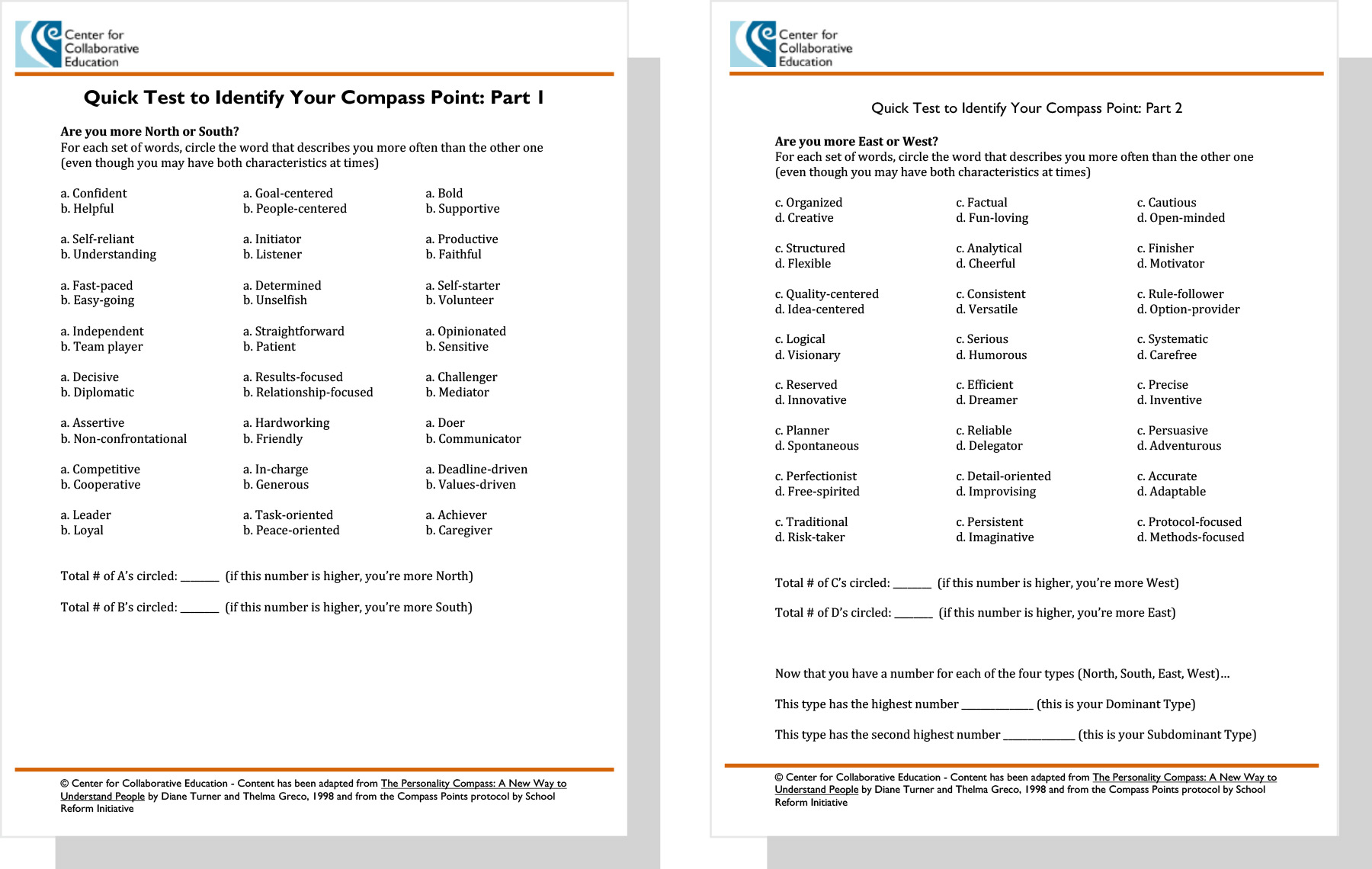Decision-Making / Analyze
Supporting Teacher Engagement in Shared Governance

Supporting Teacher Engagement in Shared Governance
“Schools often do not emphasize, and sometimes even neglect, elements of instructional leadership that are more strongly related to student achievement, while emphasizing elements that are less related to student achievement. In particular, schools are strikingly less likely to implement elements that enhance teacher authority and leadership, even though some of these have the strongest ties to student achievement. And conversely, schools are more likely to implement elements that enhance accountability and teacher evaluation, which have the weakest ties to student achievement.” (Ingersoll et al., 2018)
Teacher preparation, whether traditional or alternative in nature, primarily focuses on supporting individuals to lead classrooms and student instruction. Preparation pathways tend to focus on developing an individual’s capacity to support young learners. Identifying individual strengths and working styles is left as a lesser priority. As a result, teachers rarely have the opportunity to learn about and leverage those styles and strengths when working with other adults. To effectively engage in shared governance, teachers may need to build their leadership capacity in this way.
Engaging in an inventory of individual working styles and strengths is one step toward a deeper understanding of these attributes. Additionally, by providing a better sense of each individual’s key contributions, inventory results can inform assembling a team with maximal impact. These inventories of working style/strengths thus result in both personal leadership awareness and information for team development, setting groups and individuals up for success.
WORKING STYLE INVENTORY: COMPASS POINTS
The Compass Points protocol shared here provides a relatively simple framework for understanding individual working styles and the importance of the interplay of the different “directions” of team members. There are a number of other work style assessments that could also be used for these purposes. If your team has already engaged with a different assessment, the results can be used for the same purpose as the one described below. The important point here is that working style information can be used to build self-awareness for educators (teachers and other team members) who may not have had the opportunity to explore this type of information. This information can be extremely useful to use as a frame for team interactions and to ensure that the team can leverage expertise in a variety of working styles.
Team Activity Protocol: Compass Points
Note: The process described in the following steps is adapted from one developed by the Center for Collaborative Education, which can be accessed at https://bit.ly/CompPt.
- Set-up: Place a piece of chart paper on each of the four walls of the space and label them North, South, East, and West.
- Have each team member complete the following assessment: Quick Test to Identify Your Compass Point: Parts 1 and 2.

To download these files, visit https://bit.ly/CompPt. - After completing the assessment, each person should move to the poster that aligns with their dominant compass direction. Acknowledge that everyone has the ability to access all four compass directions. Encourage participants to select their most dominant compass direction for the purpose of this experience.
- While at the poster, respond to the following questions and record them on the chart paper:
- What are the strengths of this style? (List four adjectives or phrases.)
- What are the limitations of this style? (List four phrases.)
- What is this style’s complementary opposite? Which compass point best complements this style’s limitations?
- What do other styles need to know about working with this style?
- In what ways might this work style benefit from collaborating with the other three?
- Once each group has responded to the prompts using the chart paper, have them report back to the whole group.
- After all groups have reported out, host a group discussion that can include the following questions:
- What might this assessment suggest about the ideal composition of a team?
- What do we notice about the distribution of our team?
- What implications does this distribution have for our work together?
- How might we use this information as we engage in our work together?
- Capture information about your team members in Worksheet 5, along with the strengths of each style, information about working with each style, and implications for your work together.
Optional extension:
- After step 5 in this protocol, have participants go to the poster of their subdominant style.
- In compass point groups, each person should share what their most dominant style was in the first round.
- Discuss the implications the combinations of dominant and subdominant styles have for your work as a team.
Worksheet 5: STYLES OF TEAM MEMBERS AS COMPASS POINTS
"*" indicates required fields
*You can only download a completed PDF once all required fields have been completed
Micro-Credential Connection
The working style assessment and application processes described above are aligned with micro-credentials in certain stacks (Building Leadership Capacity, Collective Leadership, and Cultivating Leadership) from the mCrED catalog. Micro-credentials are assessments of specific competencies that frequently result in learning by the pursuer. Micro-credentials can be a useful tool as your team seeks to either confirm or build competency related to teachers’ ability to engage in shared governance. Connect with CarolinaCrED at carolinacred.org for more information on how to access and earn these micro-credentials.